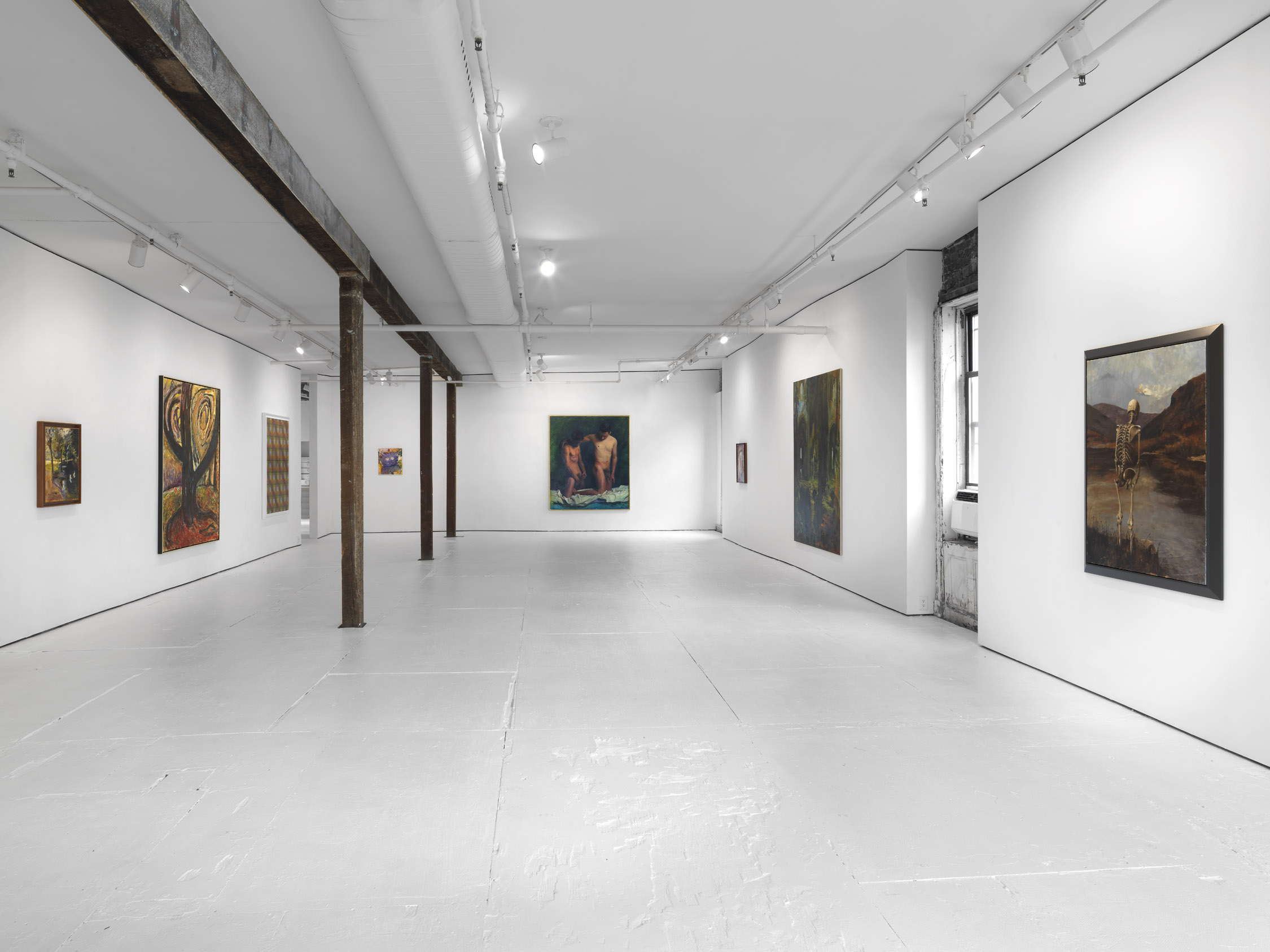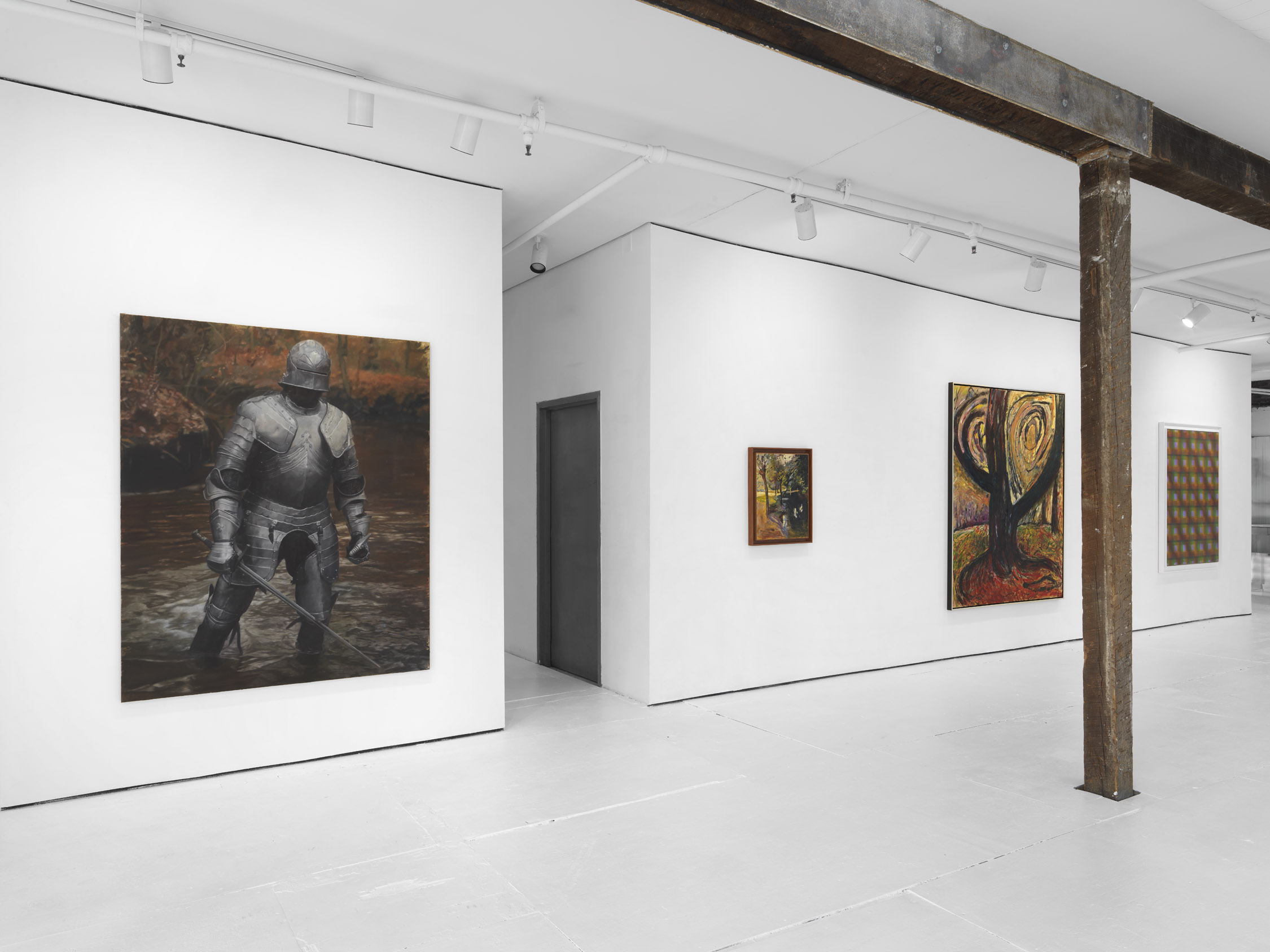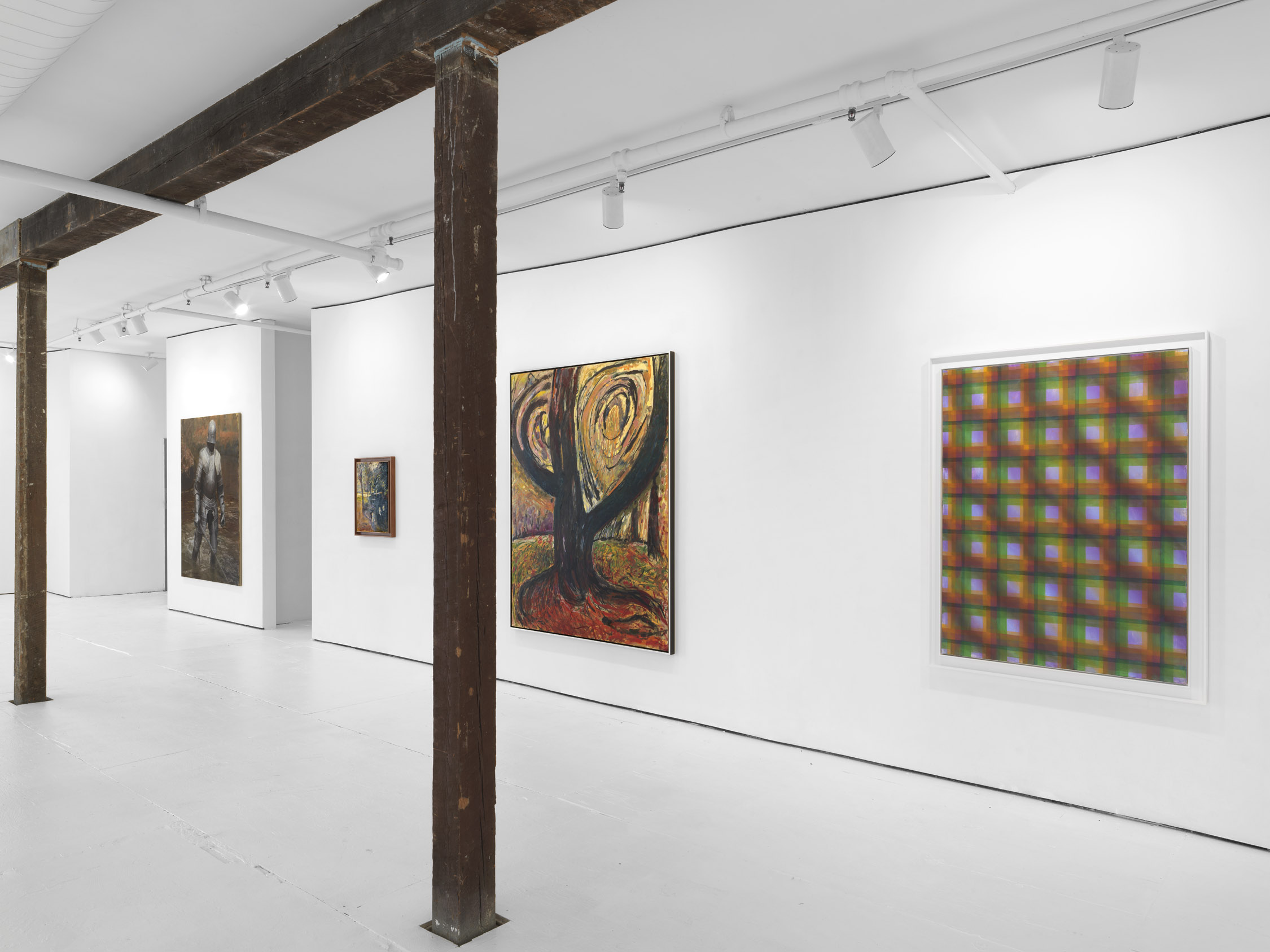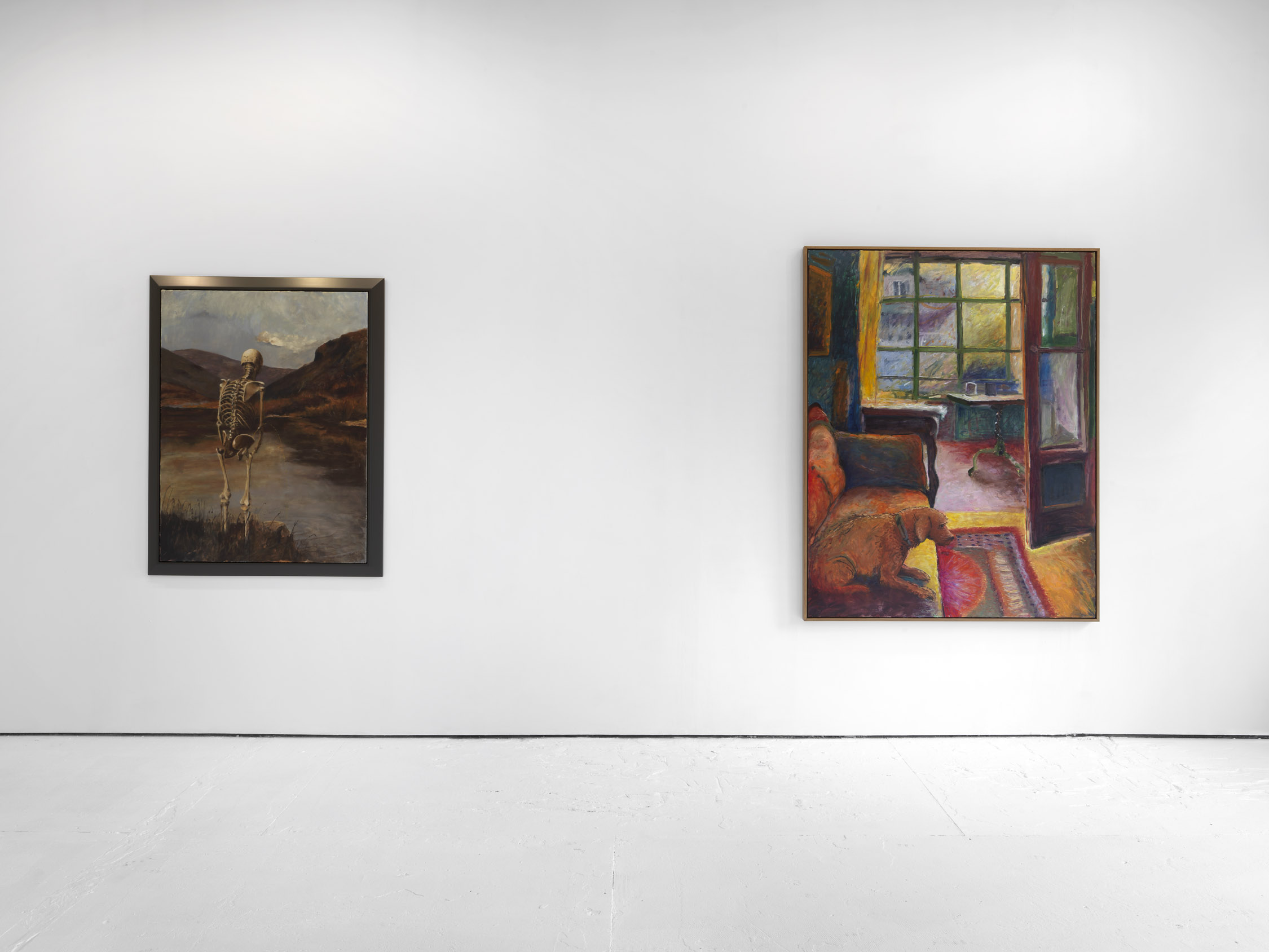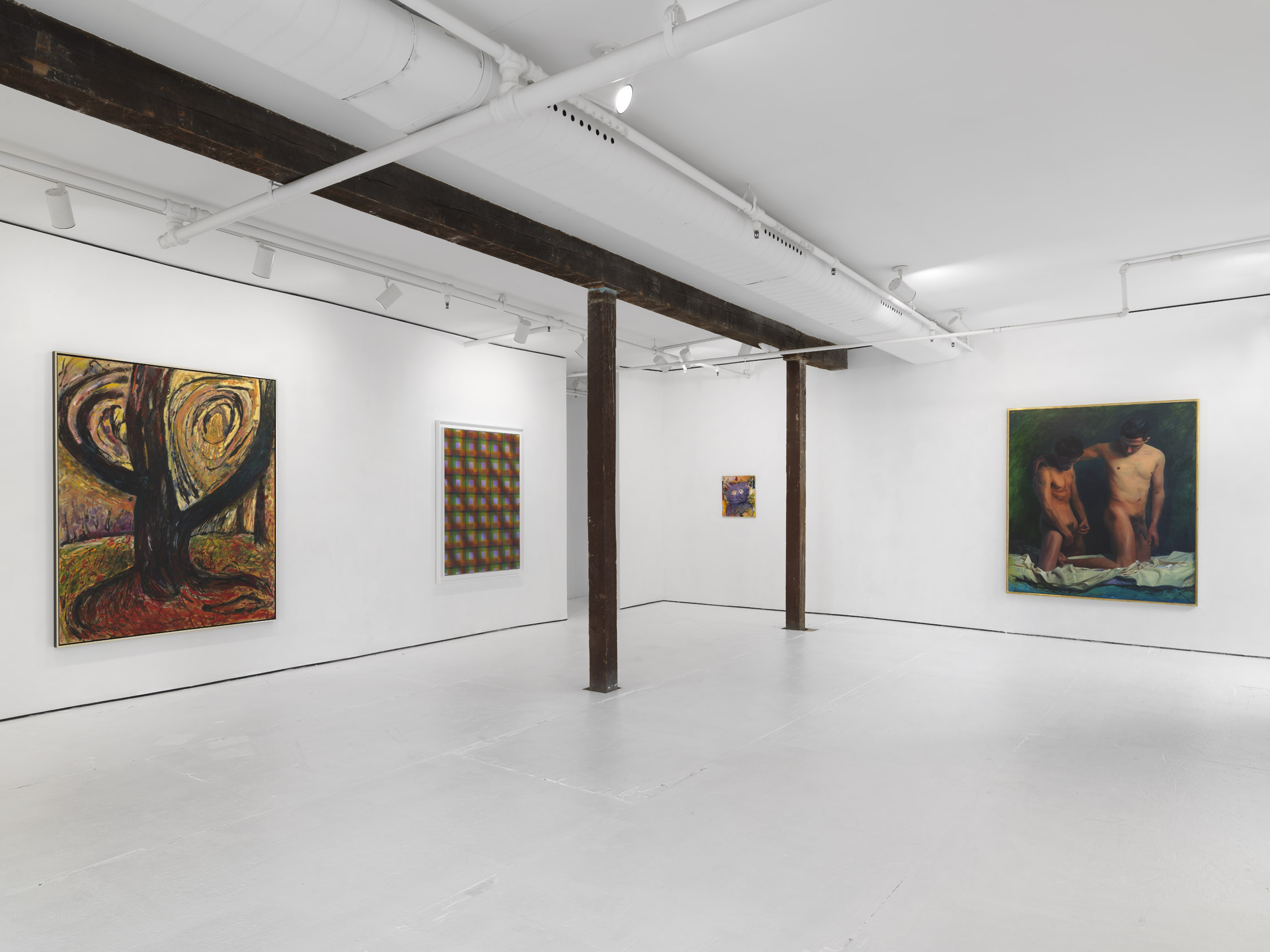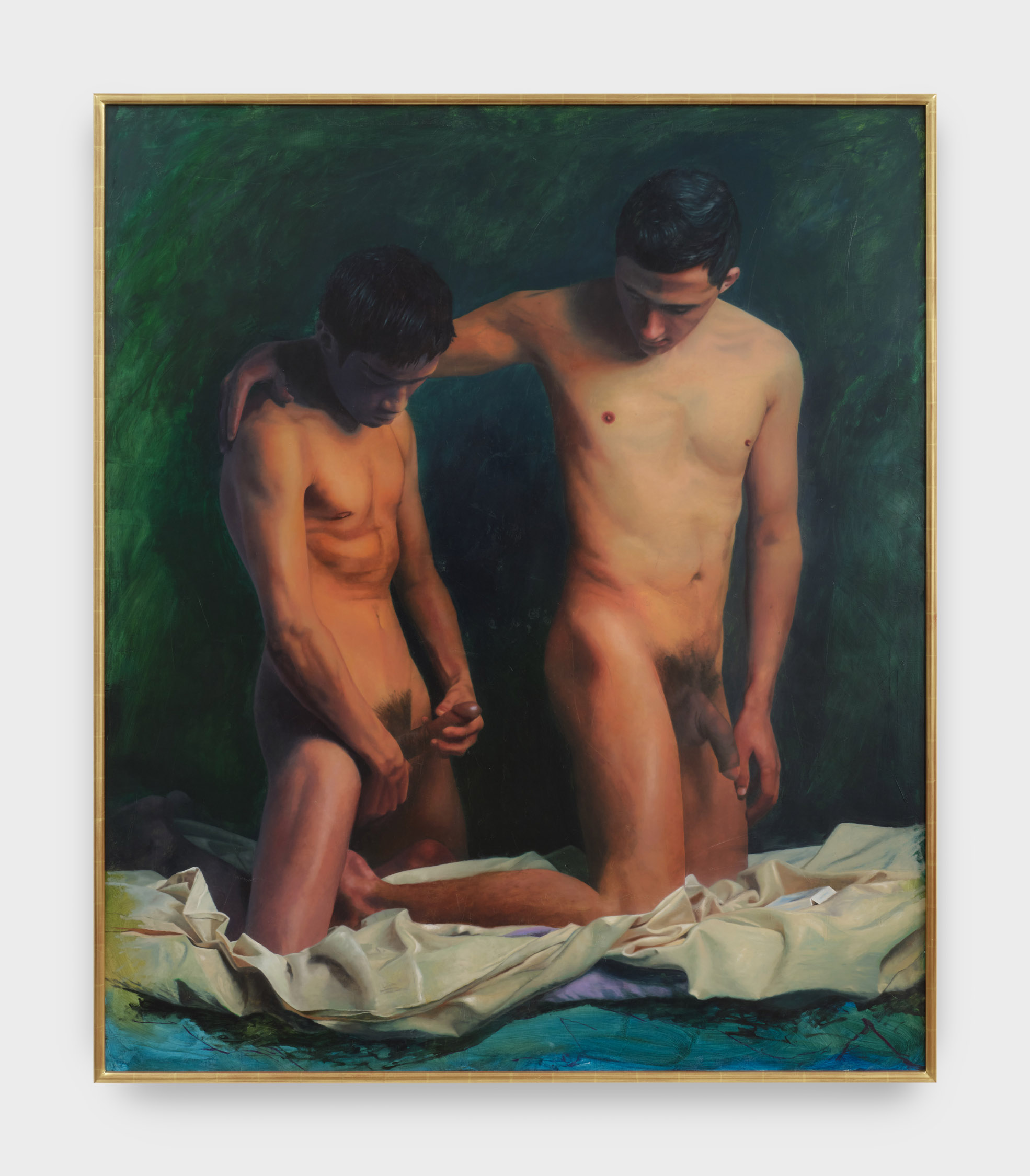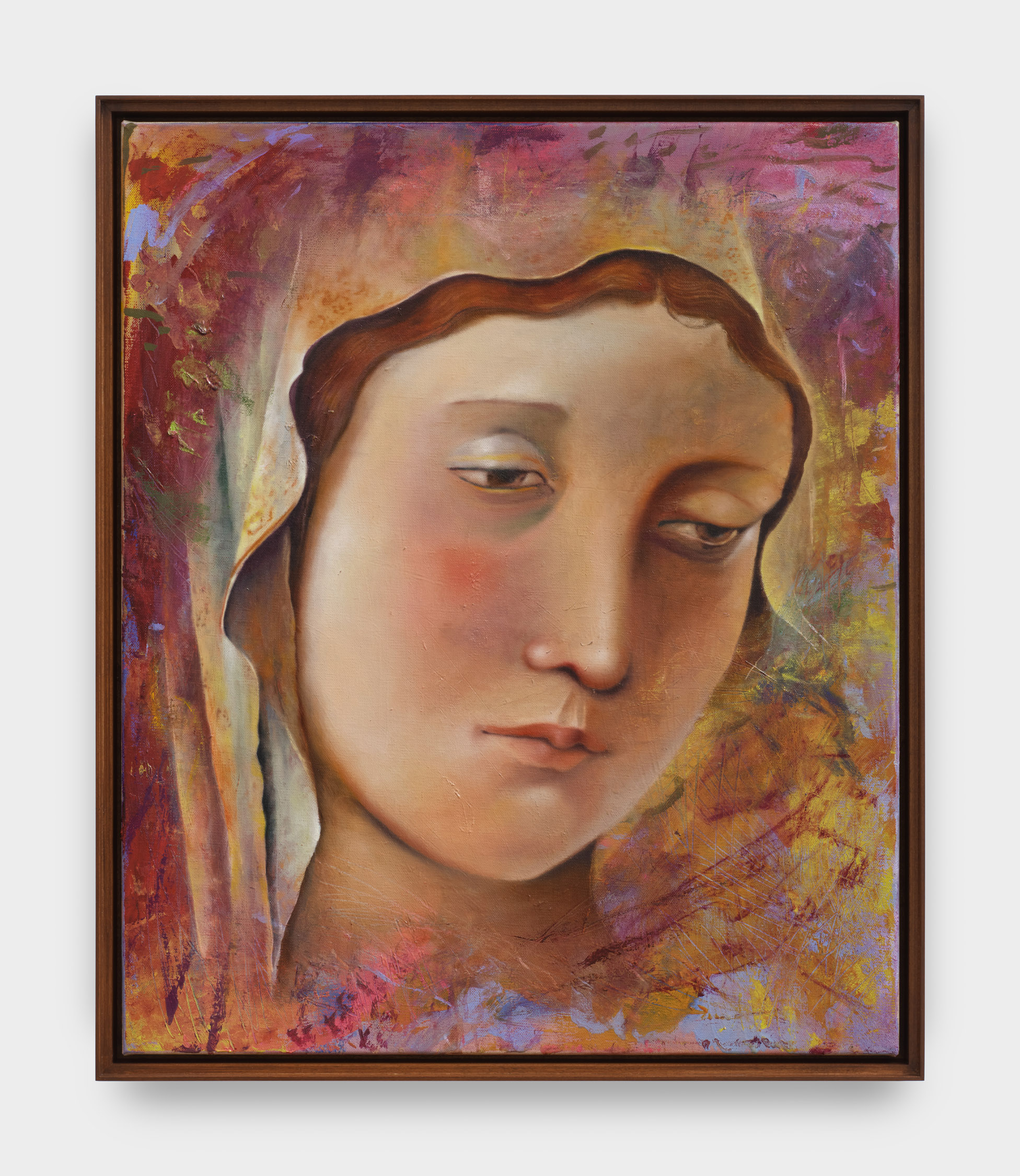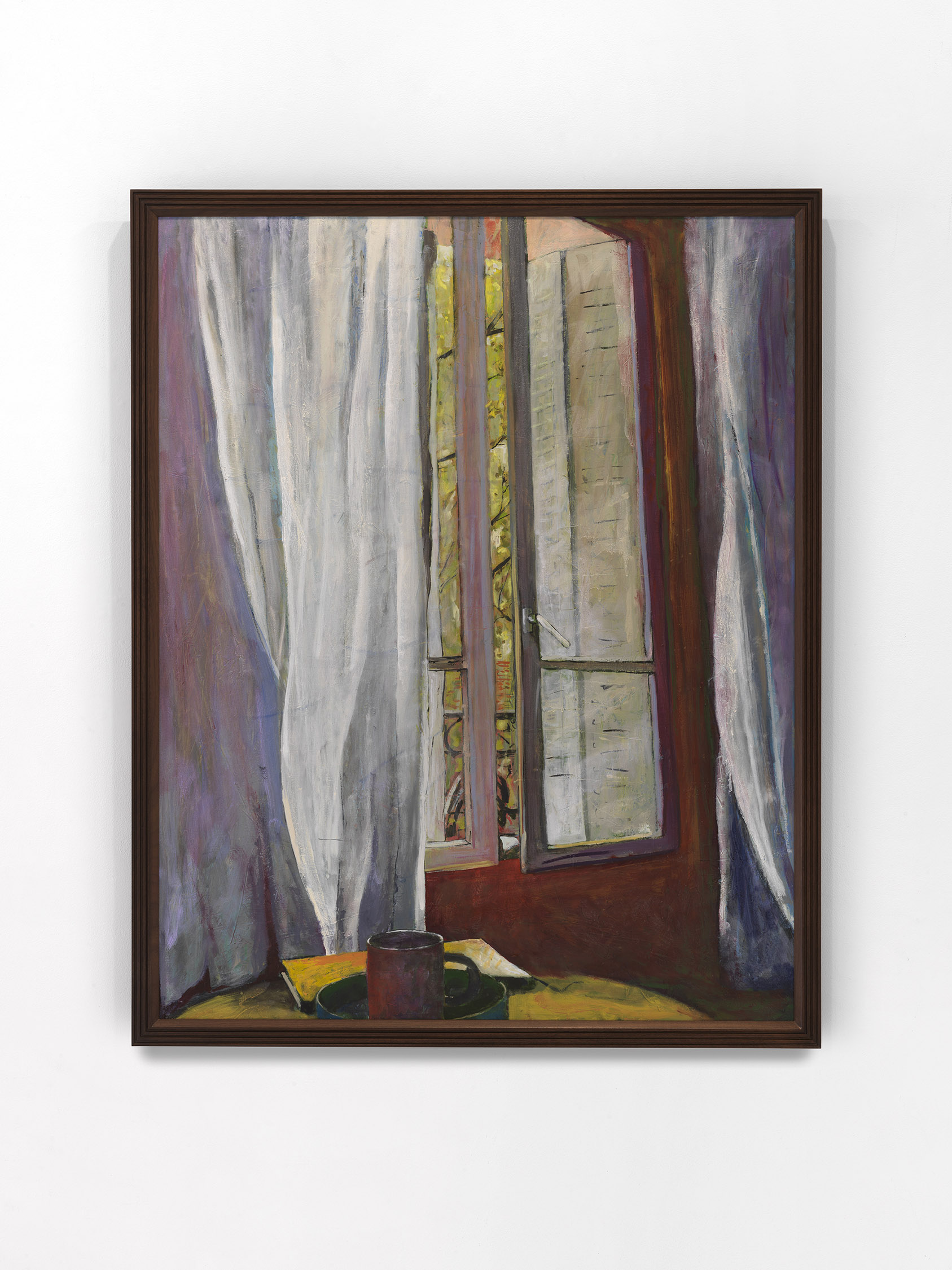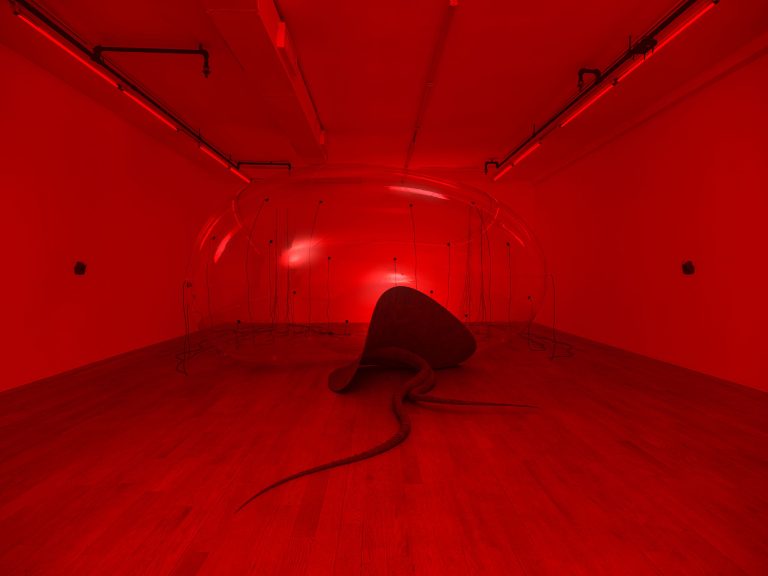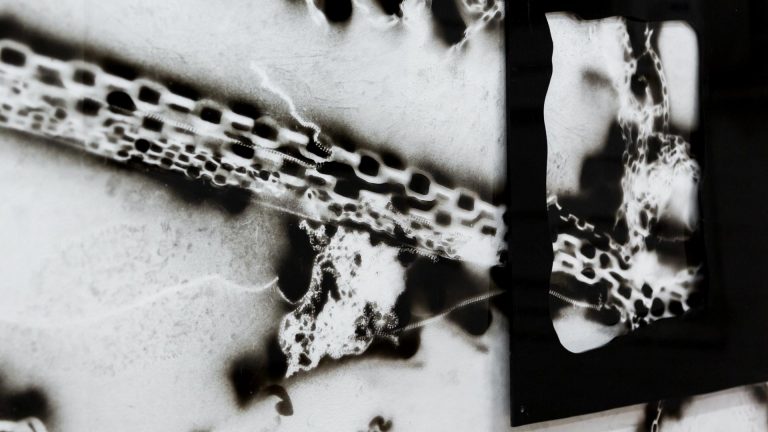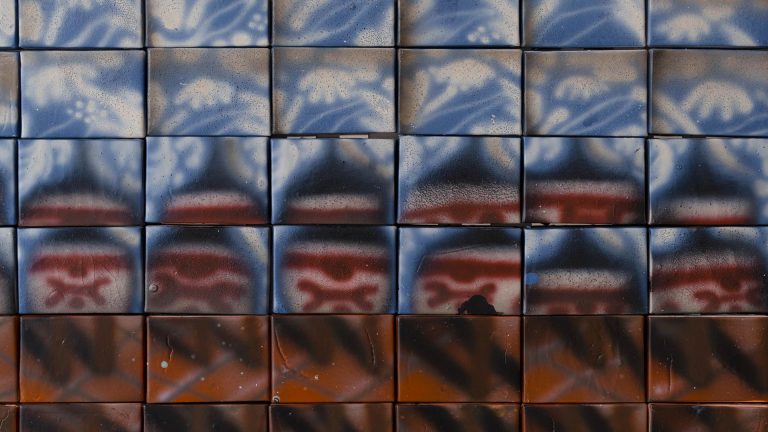I am often asked, “Why are you wandering about so much? or “What are you actually trying to say here?” Or I am told, “Don’t worry; you have plenty of time to find your style.” The why is always sneering at the what.
I privately think, “A painting with no overriding central motivation is what I want.” This declarative statement is almost a mantra for me, existing as an evergreen and deeply rooted whisper in the back of my mind.
Still another answer is that I love painting, or maybe more specifically, I love the history of paintings and their beleaguered painters, one that is replete with human foible and farce and fear and comedy. Trying to image the world is a deeply humanist project and, as such, is full of the tragic and the absurd.
The list is endless Van Gogh’s ear, El Greco’s dying penniless – leaving behind 147 unsold canvases – Soutine being badly beaten on account of a portrait painted of his village Rabi, Gentileschi’s trial by thumb screws, Renoir’s arthritis, Le Brun’s exile after painting 30 portraits of the soon to be beheaded Marie Antoinette, Pierre de Cosimo found dead at the bottom of a set of stairs, Fra Angelica’s tears while painting many of his Christs, Bellini’s tears while working on Pietà (I have yet to be moved to tears while working on a painting) Holbein dying of the plague, Lozano quitting altogether and moving to Texas, Pollock a drunken car crash, Rothko, a razor blade to the inside of his right elbow… I could go on.
Aesthetics allows me to participate in a tradition despite being shorn of my belief in it. Participating in the tradition of painting is to reenact what others have discovered, to try on and channel how others have seen the world, and to throw my own esoteric impulses into the ring, not so that a new thing can be said—new things being said is the bailiwick of science or luck—but so that I can be reminded how strange it is that there is anything to say at all and that I move through an intrinsically bright and mysterious circumstance. Maybe that’s my why, that by taking up and reimagining different styles and intermingling them with my own interior inclinations, I can say something true about the world: that it is irreducible and strange.
The paintings in this show circle around death, comedy, shame, and fate. Blechen, Bonnard, Bouguereau, and Bellini are channeled and copied, while Max Klinger’s Death Peeing is reimagined. The ants (Academy) and the purple cat (Virtue) made their appearance in my own private daydreams before being realized in paint, and finally, an abstraction turned into undulating fabric (“Paulina”), a nod to Peter Schuyff, who grew up in my hometown of Vancouver B.C. and whom I much admire. All were completed in 2024, a strange year like every other.
– Tristan Unrau, Los Angeles, July 10, 2024


